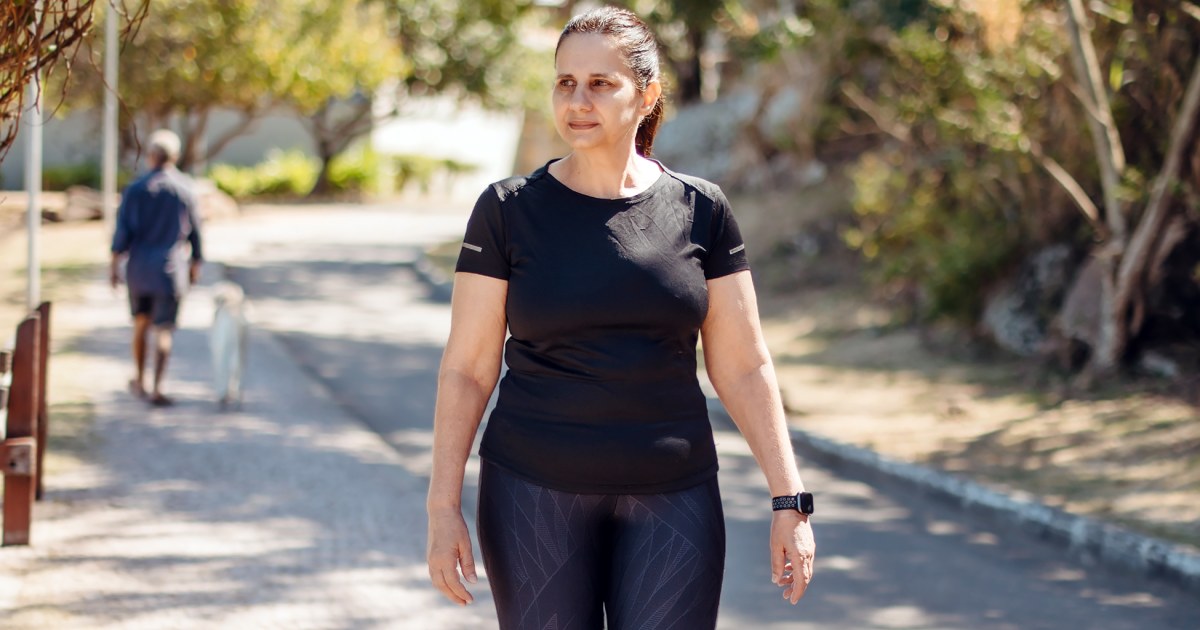Some statistics on prediabetes and diabetes.
According to the National Diabetes Statistics Report 2020:
Prediabetes
- Total: 88 million people aged 18 or older have prediabetes (34.5% of the U.S. adult population)
- 65 years or older: 24.2 million people aged 65 or older have prediabetes
Of those 88 million, more than 8 in 10 don’t even know they have prediabetes. Without taking action, many people with prediabetes could develop type 2 diabetes within 5 years.
Diabetes
- Total: 34.2 million people have diabetes (10.5% of the US population)
- Diagnosed: 26.9 million people, including 26.8 million adults
- Undiagnosed: 7.3 million people (21.4% are undiagnosed)
People with risk factors associated with type 2 diabetes can take steps to prevent the onset of the disease.
Here is an overview of some general tips from Medical News Today to help prevent the onset of diabetes:
Eat a nutritious diet
The Centers for Disease Control and Prevention (CDC) recommends fruits, non-starchy vegetables, such as spinach, asparagus, mushrooms, and broccoli, lean protein, including turkey, chicken, fish, tofu, plain Greek yogurt, legumes and eggs, whole grains, such as steel cut oatmeal, quinoa and brown rice, water and unsweetened drinks
The CDC recommends avoiding: sugary drinks, such as sodas, sports drinks and fruit juices, processed foods, including crisps, granola bars, candy, fast foods, meat in canned and packaged snacks, alcohol, trans fats, which are in margarine, packaged baked goods, snack foods, and many fried foods.
Consider accessing the services of a Registered Dietitian / Nutritionist (RDN) for dietary and related advice.
Maintain a moderate weight
If a person with prediabetes has excess body weight, they can help reverse their prediabetes by losing 5% of their weight.
It also helps with learning about portion control. One way to do this is to use the plate method, which indicates the approximate portions of food to put on a plate. He recommends: Half the plate should be non-starchy vegetables, a quarter of the plate should be carbohydrate, and a quarter of the plate should be protein-rich foods.
The American Diabetes Association advises the following for weight loss: reduce calorie and fat intake, eat breakfast every day, stay physically active, watch less than 10 hours of television per week, and monitor progress. by checking body weight once a week at the same time. time of the day.
Exercise regularly
Exercise promotes all aspects of health, including the prevention of diabetes. A person should aim for a minimum of 30 minutes of exercise on 5 days of the week. If a person is not used to exercise, they should see a doctor to determine which activities are probably best for them.
People may find it beneficial to set a fitness goal and then slowly begin a workout routine, gradually increasing the duration and intensity until they reach their goal.
Stop smoking
Smokers have a 30-40% higher risk of type 2 diabetes than non-smokers. In addition, the more a person smokes, the higher their likelihood of developing the disease.
Check out Florida-specific resources for quitting smoking at tabacfreeflorida.com/
Controlling high blood pressure
High blood pressure is another risk factor for diabetes. A 2015 meta-analysis examined the medical records of more than 4 million healthy adults. He compared this data with studies showing new diabetes and high blood pressure. The analysis indicated that people with high blood pressure have a higher risk of diabetes.
Find ways to relax
When a person is under stress, the hormones the body releases can cause blood sugar to drop or rise in unpredictable ways. This body-mind connection means that as mental health improves, physical health can improve as well, including bodily processes that can lead to type 2 diabetes.
Therefore, finding ways to relax is beneficial. A 2018 study noted that stress increases the risk of diabetes and yoga effectively reduces stress. Another relaxation technique is meditation.
Consider a lifestyle change program
Making dramatic lifestyle changes can present daunting challenges. A CDC-recognized lifestyle change program for the prevention of diabetes offers the support, encouragement, and guidance that can help a person persevere in the changes needed.
The program includes:
Lessons and resources, a lifestyle coach who has been trained on how to help someone set goals and stay motivated as they work to achieve them, and a composed support group of people facing similar challenges. The cost varies depending on the location and type of program.
Closing thoughts
The main part of preventing type 2 diabetes is adopting certain lifestyle habits, such as eating a healthy diet, exercising regularly and maintaining an optimal weight. People can also benefit from relaxation techniques to minimize stress and participate in a diabetes prevention program.
Let’s all focus on preventing the onset of diabetes by taking proactive steps as we celebrate Diabetes Awareness Month. A healthy lifestyle can contribute to a better quality of life by reducing not only diabetes, but a host of preventable chronic diseases as well.
Additional Resources:
Go to the MedlinePlus link, “How to Prevent Diabetes” at medlineplus.gov
Access to a Florida Department of Health (FDOH) article on Diabetes Awareness Month is available at floridahealth.gov.
Mark A. Mahoney, Ph.D. has been a Registered Dietitian / Nutritionist for over 35 years and completed graduate studies in Nutrition and Public Health at Columbia University. He can be contacted at [email protected].
Never miss a story: subscribe to the Tallahassee Democrat using the link at the top of the page.
 AD Roberts
AD Roberts



